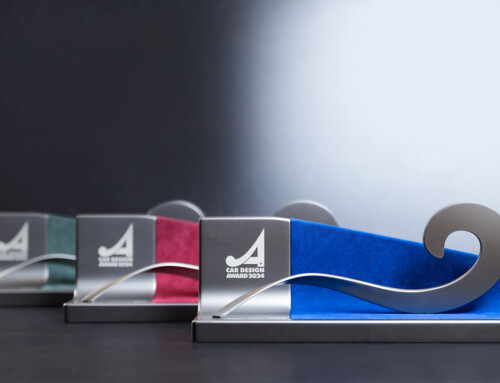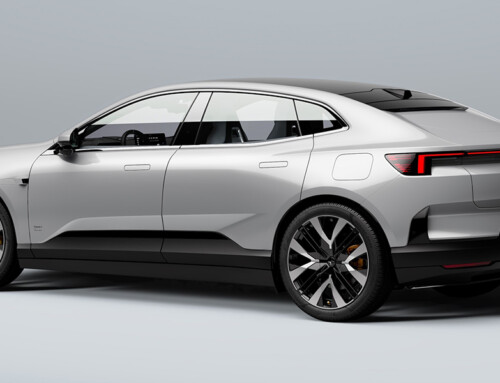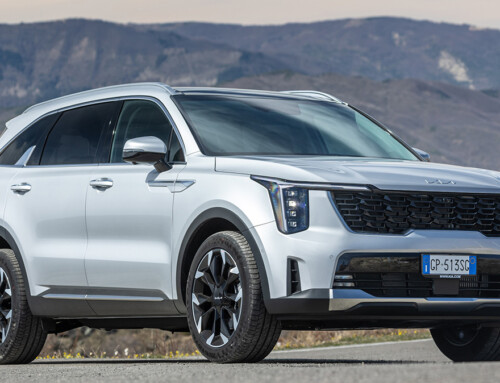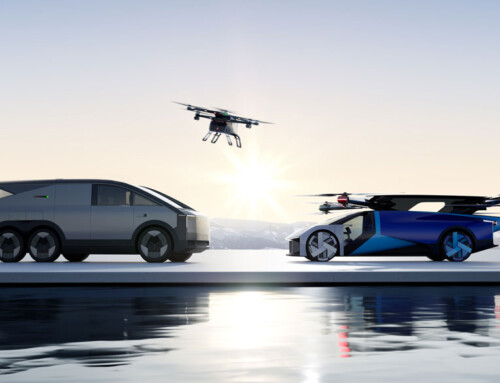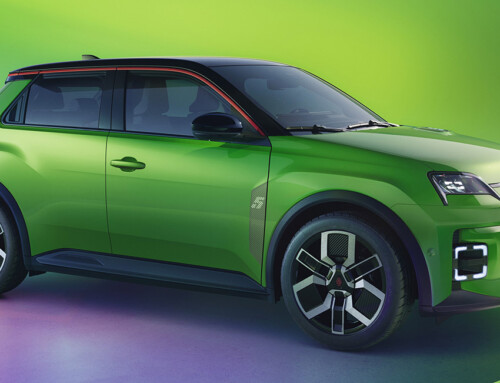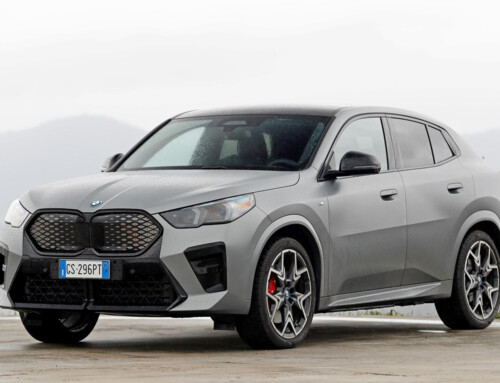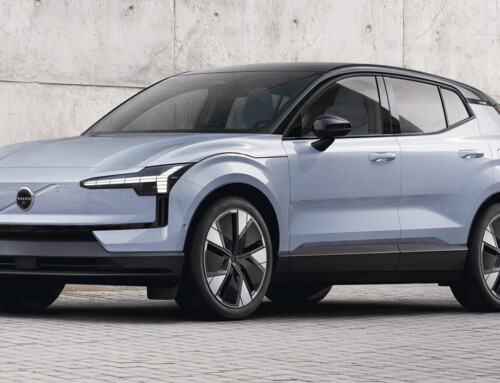Travelling in space wearing VR Oculus viewers while doing 110 kph on the motorway? Seems like science fiction, but this is what we experienced in France aboard the Renault Symbioz Demo Car. Thanks to the level 4 autonomous drive the car is fitted with, the driver can delegate all driving functions to the system and devote his travel time to other activities. According to the French brand’s people, journeys will become truly multi-sensory, personalised events, thanks to a cockpit that can be reconfigured to suit the chosen driving mode and with a car integrated with the ecosystem of driver and passengers.
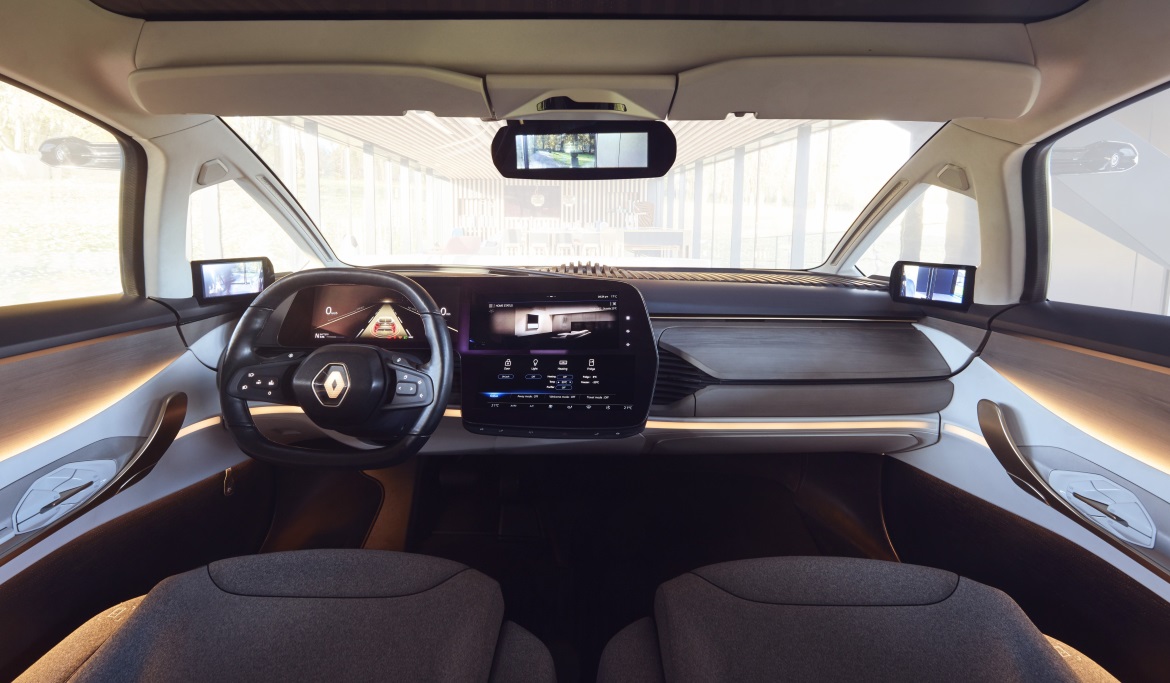
Directly related to the Symbioz presented in September at the Frankfurt Motor Show, the road car deviates from the concept in some of its styling features. “We have transformed a prototype into a future production car, retaining the futuristic charm deriving from its proportions, powerful front and unique rear”, Laurens van den Acker, head of brand design, whom we met during the test drive, said to Auto&Design.
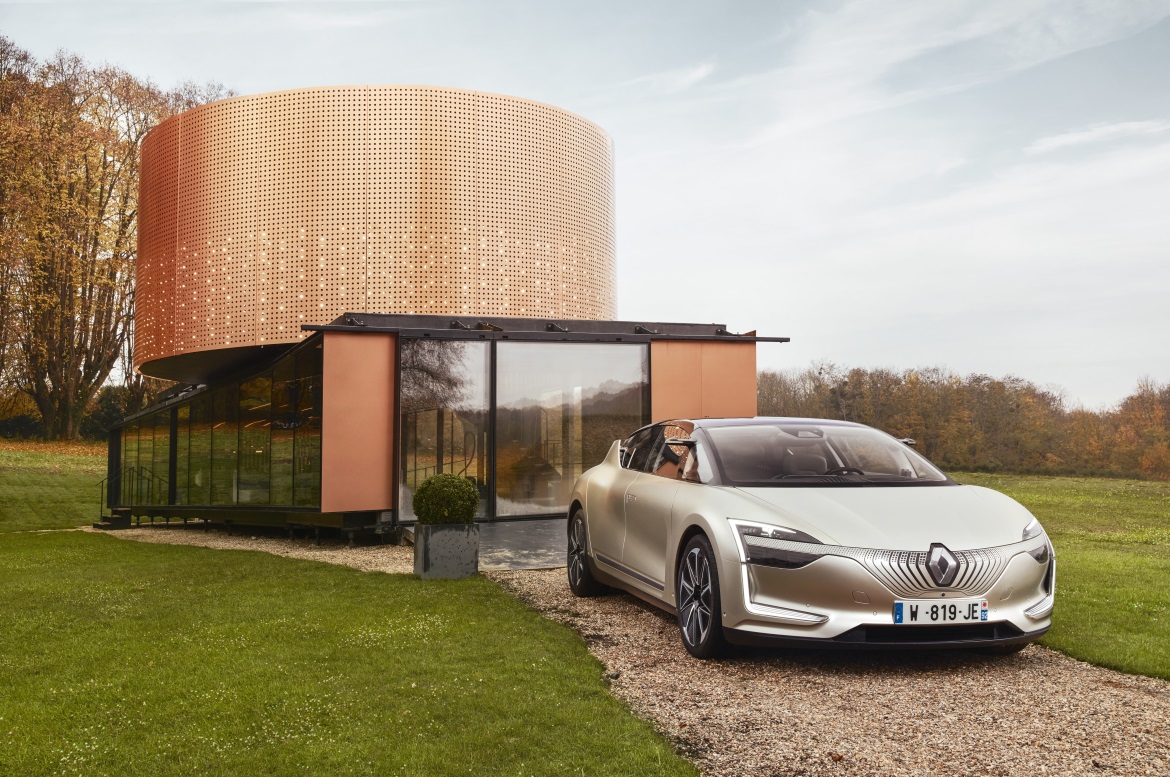
The styling has also been modified to accommodate the 37 sensors that make up the Symbioz’ brain. Vertical air intakes before the front wheels, extractors at the rear to limit drag, a spoiler on the roof that opens automatically when speed hits 70 kph, are all new aerodynamic elements designed to improve the efficiency of the vehicle.

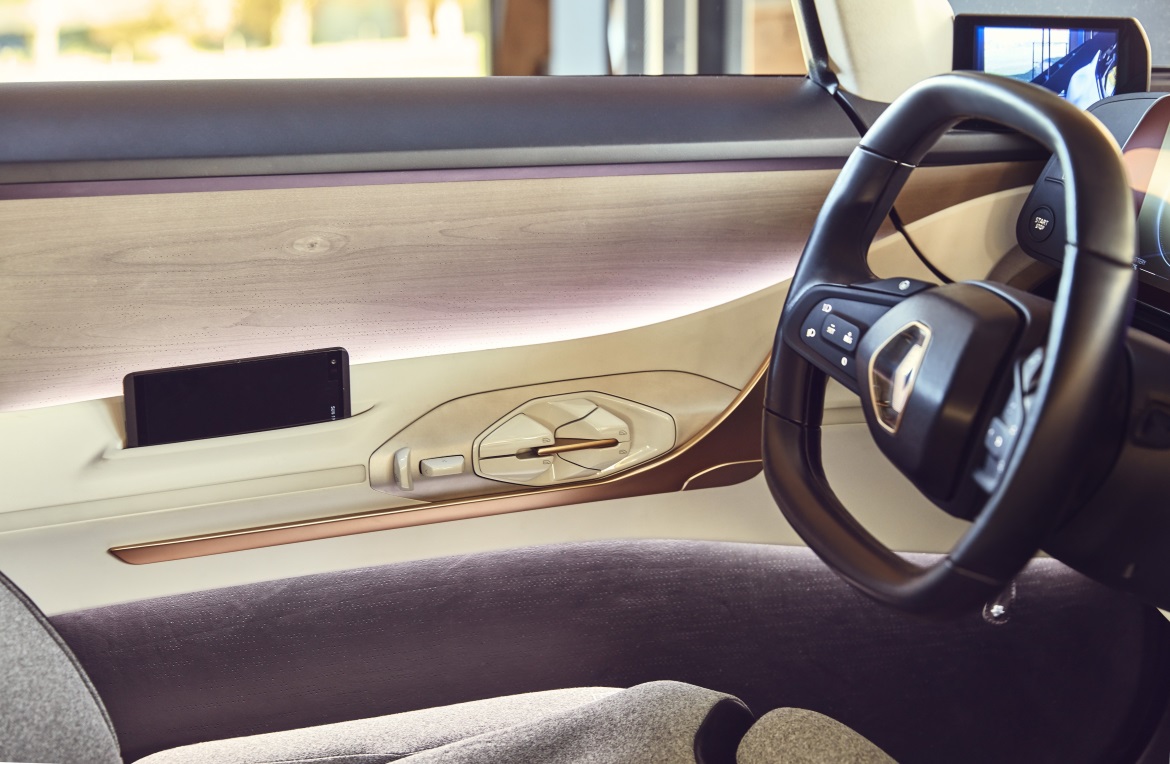
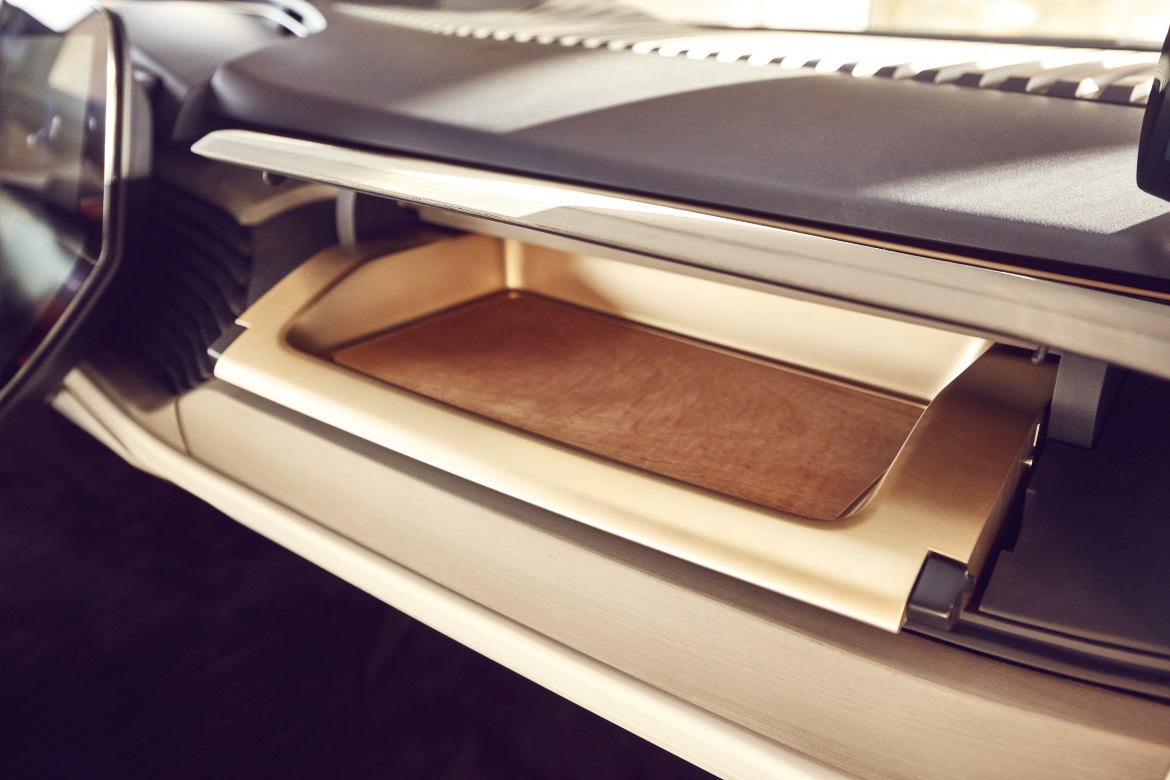
The interior has also changed compared to the concept car. The seats are new and can be used in two configurations: in the Relax position with the backrests lowered for maximum comfort and in the Lounge position, where the 10° degree rotation favours conversation with other passengers. The rear part has been designed as an alcove, with a darkened rear window, for greater intimacy. The fabrics and materials used create a warm atmosphere and the impression is that you are in a house furnished according to the latest trends.
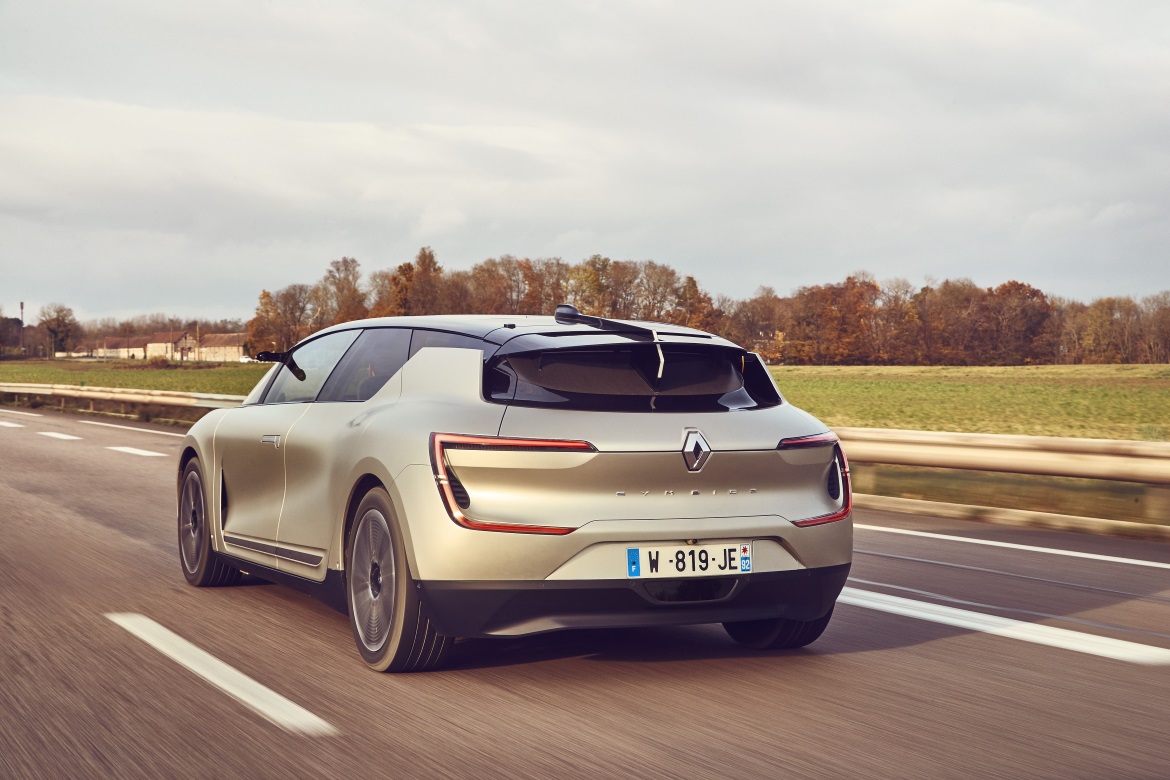
Thanks to the Symbioz we were able to sample a little bit of the future and realise the enormous amount of work that designers and engineers have to do for every centimetre of road travelled. It will still take several years to see driverless cars circulating freely, mainly because of the complexity of adapting existing infrastructure to this technology.


